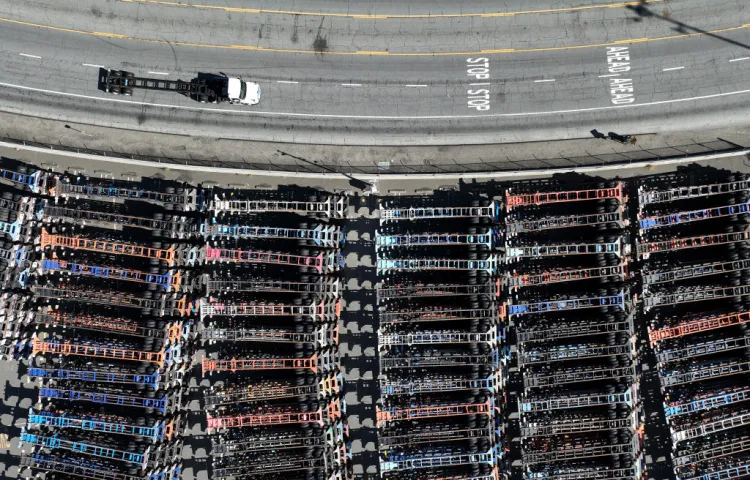During the pandemic, there was a widespread narrative about a severe shortage of truck drivers to move goods. However, the trucking industry actually faces a retention problem, struggling to keep workers in a grueling job with low pay. The narrative of a truck driver shortage has led to significant downsides, now evident as demand for drivers has plummeted, leaving many new entrants in debt and without work.
Jacqueline Jolly, who entered trucking with her husband in early 2020 after their construction work slowed, says, “The shortage is just something the big companies make up.” By late 2022, they were homeless and struggling to pay bills.
The trucking industry has experienced booms and busts since its deregulation in 1980. This latest bust is particularly painful as it follows a period of skyrocketing rates and an influx of new drivers. Dean Croke, principal freight analyst at DAT Freight and Analytics, notes that the number of registered for-hire carriers doubled from June 2020 to July 2023.
Several factors contributed to this rush. As global demand for goods dropped early in the pandemic, diesel prices fell, making it cheaper to run trucking businesses. Government loans helped companies survive, and by mid-2020, as consumer demand rebounded, freight rates surged. This attracted many new drivers and inspired existing ones to become independent owner-operators.
The boom, however, was partly illusory. Companies overordered goods, creating temporary jobs for truckers. During this time, rates were so high that it was hard to lose money. But rates started to fall in 2022, particularly after Russia invaded Ukraine, while diesel prices rose sharply. Today, drivers in the spot market—who aren’t contracted with specific companies and thus can’t add fuel surcharges—are struggling.
Jacqueline Jolly and her husband experienced this boom and bust. They initially earned high rates and bought a second truck, but rising diesel prices and falling rates quickly made their business unsustainable. They ended up giving back the second truck and eventually sold their last truck, returning to the construction industry while still burdened with debt.
Many truckers face similar struggles due to overcapacity and intense competition. Todd Spencer, president of the Owner-Operator Independent Drivers Association, notes that many drivers are affected by the current oversupply of truckers.
The pandemic-era narrative of a driver shortage contributed to this overcapacity. The American Trucking Association claimed an 80,000-driver shortage, and the Biden Administration’s Trucking Action Plan aimed to attract more drivers, including a pilot program for 18-21 year olds. However, Spencer argues that the real issue is the job itself, not the workers.
With rates now low and competition high, the driver shortage narrative has faded, but it’s likely to return. As independent operators exit the market, reducing overcapacity, demand for drivers will rise again, and the cycle will repeat.
